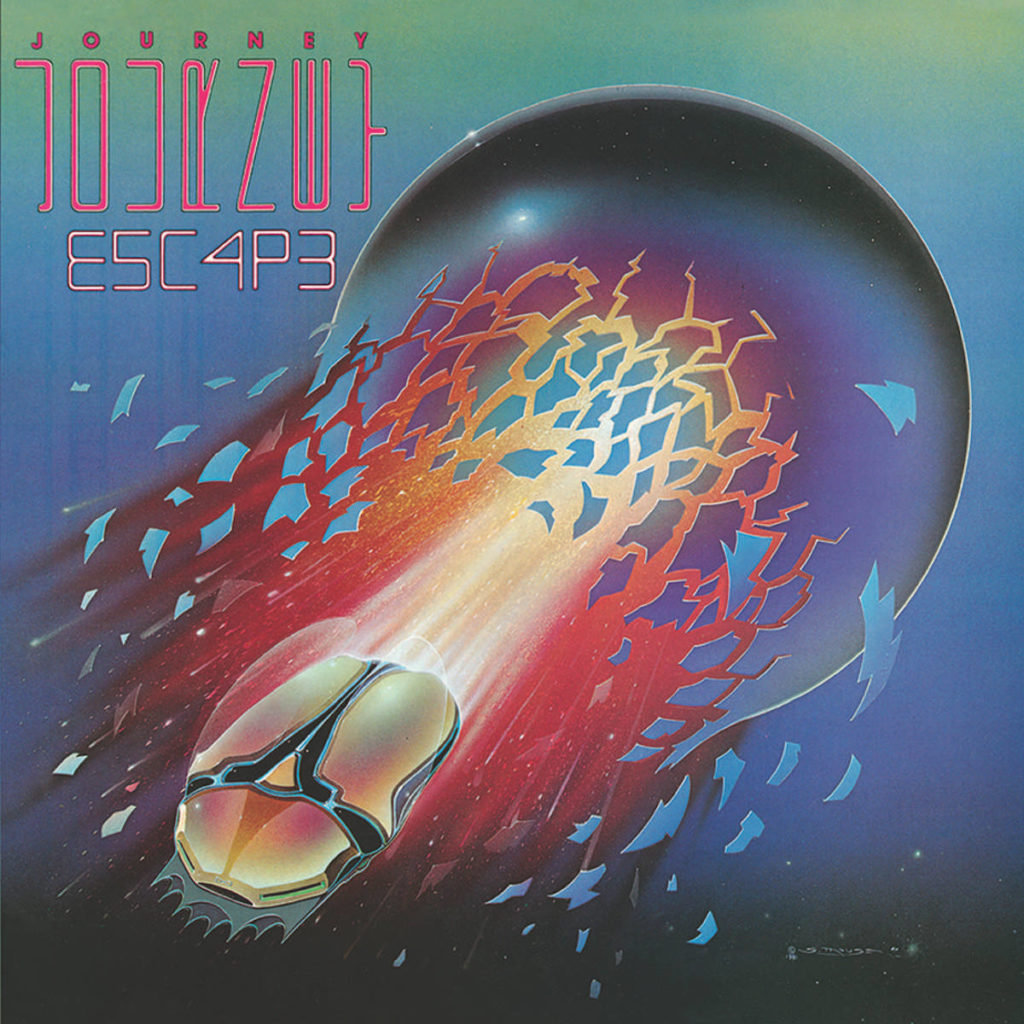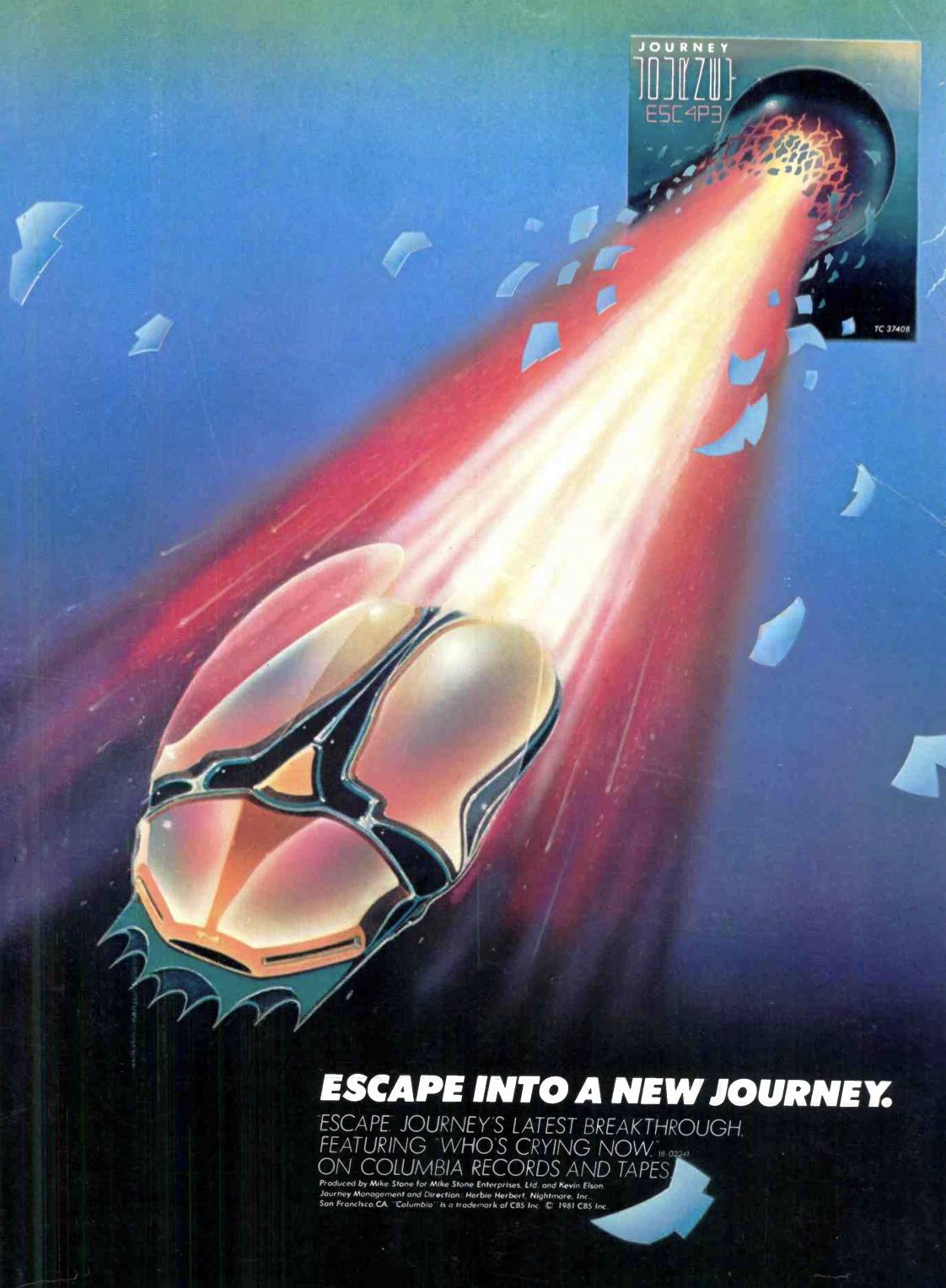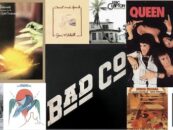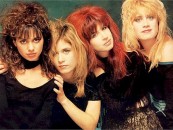 Picture if you will, Journey’s seventh album, Escape, in one of two ways. First, “Don’t Stop Believin’.” Second, “Don’t Stop Believin’.” Either way, you’re not wrong.
Picture if you will, Journey’s seventh album, Escape, in one of two ways. First, “Don’t Stop Believin’.” Second, “Don’t Stop Believin’.” Either way, you’re not wrong.
This then is a curious chapter in rock history, as one of a few select albums that defines listener taste, consumer spending and chart success. It also continues to enhance the raging debate on whether Journey overstepped their bounds with an album of this magnitude by simply laying out hook-filled tunes, united musicianship—guitarist Neal Schon, bassist Ross Valory, keyboardist Jonathan Cain, drummer Steve Smith and singer Steve Perry—that dominated every single groove in only 43 minutes.
Journey were no amateurs when it came time for Escape. While their Bay Area jazz-fusion vibes got the band started in 1973, by 1977 the group was tanking with their label, Columbia Records. Told by label executives to get their musical trajectory swinging upward in the wake of co-founder Gregg Rolie’s exit, Perry had walked into a dire situation. Yet, somehow his presence, coupled with his soaring high-range vocals, jump-started Journey’s ascent to chart success and massive tour revenue. By the time Cain arrived in late 1980, all of the pieces were in place for the recording sessions that led to the July 17, 1981, release of Escape.
Oddly enough, the first single ahead of the 10-tracklist Escape (or stylized as E5C4P3 on the album jacket) was the power ballad “Who’s Crying Now,” begun by Perry on a car drive over to Cain’s house and completed by Schon’s extended melodic outro solo. The lyrical story was heading in a slightly different direction away from the hot breath fumbling of “Lovin’, Touchin’, Squeezin’,” with Perry as a third-party narrator, reminiscing over a pair of lost souls.
That viewpoint stretched into the second single and lead-off track, “Don’t Stop Believin’.” If there are absolutes in this world, they are here at the start: Cain’s repetitive keyboard riff, Perry’s impassioned (if geographically inaccurate “South Detroit”) delivery and Schon’s Eddie Van Halen machine-gun riff. All perfectly encapsulated in the first minute of the song, if anyone needs reminding.
The band, minus Perry, who was nursing a cold, laid down the track in one take. The singer then came in a week later to add his vocals, again completed in one take. The kicker to all of this was the true chorus, the song’s title, which doesn’t land until 3:22 of a 4:10 song. But no matter. With its October 1981 drop, “Don’t Stop Believin’” would take on a life of its own (more about that later) although, in fact, it did not make it to #1, landing at #9 in Billboard.
January 1982 saw the third single, “Open Arms,” released after a successful U.S. tour, highlighted by an opening slot for the Rolling Stones in September and an MTV-filmed show in Houston in November. This song was their highest-charting single from Escape, and was simultaneously included on the soundtrack for the adult animated sci-fi anthology film Heavy Metal. Regardless, “Open Arms” stepped up to #2 on Billboard’s Hot 100, but not without reservations from Schon.
Co-written by Cain and Perry, the power ballad’s overtly lovebird lyrics and sweet delivery caused a huge rift, as Schon labeled it in a 2001 VH1 Behind the Music documentary as “kinda Mary Poppins.” Perry recalled in the same interview that after the song received a huge outpouring of love during their tour, he wanted to undertake bodily harm to Schon after the guitarist exclaimed, “Man, that song really kicked ass!”
Two more songs were released as singles, the slow-burn ballad “Still They Ride” and “Stone in Love,” a lost gem that hits off the very best of Valory’s skipping bass line, Smith’s syncopated bass drum kick, riding cymbals and the fake outro in the middle eight that leads into another stellar Schon extended shredding session to fade-out.
The remaining tracks are in retrospect a wonderous mixture of pseudo Judas Priest heavy metal (“Keep on Runnin’”), a dip into hair-band rebellion with the album’s title track, more arena rock guitar shredding for the nosebleed seats (“Lay It Down”), the hyperdrive intensity with a tad foresight to Bon Jovi in “Dead or Alive” and the LP’s longest cut, “Mother, Father,” a five-and-a-half-minute epic piece of work. Perry is in full Roger Daltrey mode, growling and screaming about a broken family, while Schon gives off some serious destructo fret work. Cain supplies some powerful, distinctive piano work and the Valory/Smith combo goes pretty much proggy through the whole number.
Escape went to #1 on the Billboard 200 and #32 on the U.K. Official Charts. The album garnered mixed critical reviews, depending on which side of the rock street you walked. Rolling Stone writer Deborah Frost wrote of “Who’s Crying Now”: “The song’s soft, soapy bass redeems its soft, dopey sentiment by diving beneath tiny fillips of acoustic guitar and bubbling up around a dream-sized dollop of fat harmonies.” Amusingly in the years since, polls have skewed the release into diverse categorizations, such as Kerrang! voting it “the greatest AOR album of all time” (1988), Virgin ranking it in 2000 as the “24th greatest heavy metal/alternative rock album of all time” and possibly the oddest of the bunch when video gaming company Atari released Journey Escape in 1982.

This ad for the album appeared on the back cover of the July 25, 1981 issue of Record World
So what to make of “Don’t Stop Believin’”? As previously hinted, the tune lives everywhere, decades later, on playlists, in restaurants, at karaoke nights, by cover bands and was used by the Chicago White Sox in their 2005 World Series win. Conversely, its use as the 2007 slam-shut series finale to The Sopranos left viewers perplexed, and its 2009 resurgence in the pilot episode of Glee gave the song its biggest boost, while being featured numerous times by the cast over the next six years.
Related: Journey and The Sopranos
“Don’t Stop Believin’” continues to be celebrated for its unexplained but undeniable popularity, including induction into the Grammy Hall of Fame and the Library of Congress. As of March 2024, it’s been certified by the Recording Industry Association of America (RIAA) as having sold 18 million units, physical and streaming, and Escape is at Diamond status with 10 million unit sales. The band in its current incarnation still keeps “Don’t Stop Believin’” on the roster, albeit with Schon as the only original member. Perry and Cain, as co-writers (with Schon also credited), had faith in the song, drawing inspiration from Cain’s father reassuring his son not to give up on a career in music. It was also Cain who personally handed Perry his statue at the band’s 2017 Rock and Roll Hall of Fame induction ceremony.
However, the perception on whether Journey (and by association Escape) should be derided for blind blanket acceptance or given sincere, honest respect (Dolly Parton dueting with Perry on “Open Arms” on her 2023 Rockstar LP) is perpetually up for debate. Yet if it’s any indication that the album cannot and will not die on the ’80s synth mountaintop, it’s a bet that future generations will not stop believin’ its influence in the musical landscape.
[The album, and other Journey releases and merch, are available here.]
Watch Journey perform “Don’t Stop Believin'” live on the 1981 Escape tour
Related: Journey’s 2017 Rock Hall induction







2 Comments so far
Jump into a conversationThe Sopranos ended SEVENTEEN years ago?!
Oh Gosh! As much as I love this album, I can’t tell you how long it’s been since listening to it beginning to end. I’ll rectify that in a minute. Thank you for the article, and of course drumming up all sorts of memories.